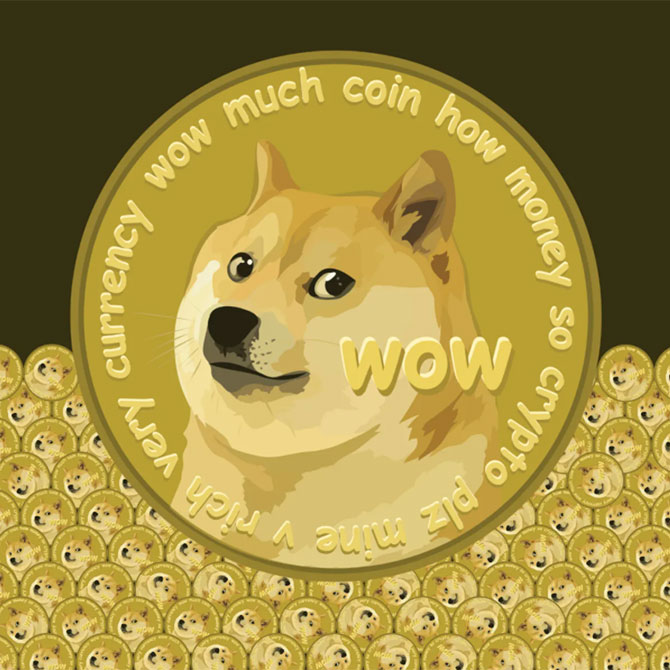
Who would have ever thought you could sell a tweet or a meme to earn millions of dollars? Well, you can and in case you’ve been living under a rock, it has already been done.
Case in point: Jack Dorsey, CEO of Twitter, sold his first tweet for a whopping US$2.9 million earlier in March. Then there’s the famous Nyan cat meme which fetched 300 ETH (approximately US$534,960) back in February. Just last Friday, the doge meme broke the record for the most expensive meme ever sold at US$4 million. Don’t even get us started on digital art, which is really a world of its own that we’ll save for another day.
Introducing non-fungible tokens—aka NFTs—the latest craze in the world of blockchain and cryptocurrency. Just when you thought you have finally grasped the tip of the iceberg on the whole cryptocurrency mania, there’s more cryptic jargon to wrap your head around.
If we haven’t lost you yet, hang tight and scroll on as we attempt to address all your FAQs about the acronym.
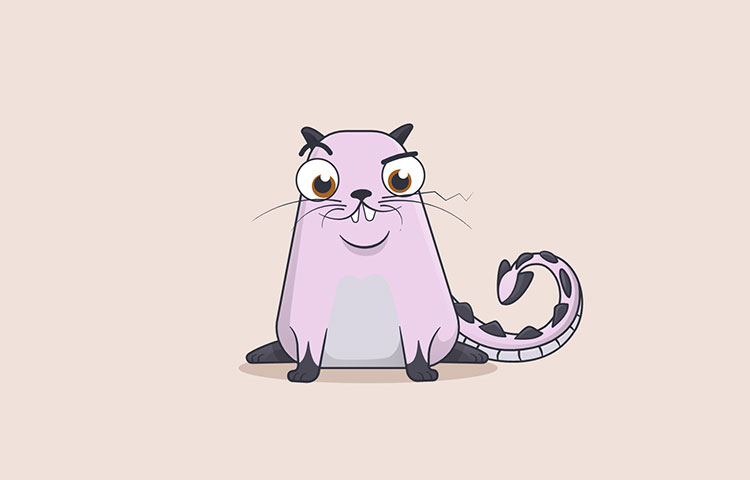

What is an NFT?
A non-fungible token is a digital certificate that represents an asset such as art, music, videos, in-game items, files, and the like. The term ‘non-fungible’ means that it is unique and irreplaceable with something else.
For comparison, a Bitcoin is fungible—it can be traded for another Bitcoin, but you’ll have the exact same thing. On the other hand, an original meme like the Nyan Cat is one-of-a-kind and is not equal to Jack Dorsey’s tweet or even another popular meme like Doge, although all of them are NFTs.
There may be many digital copies of these NFTs that you can find online, in books, cards and so on, but there’s only one original copy and creator. Think of it like how anyone can search and download a picture of the Mona Lisa online, but there’s only one original on display at the Louvre. By creating an NFT, creators/owners will generate a digital certificate for an asset that allows buyers to purchase ownership of the asset and all the bits of information tied to it on blockchain.
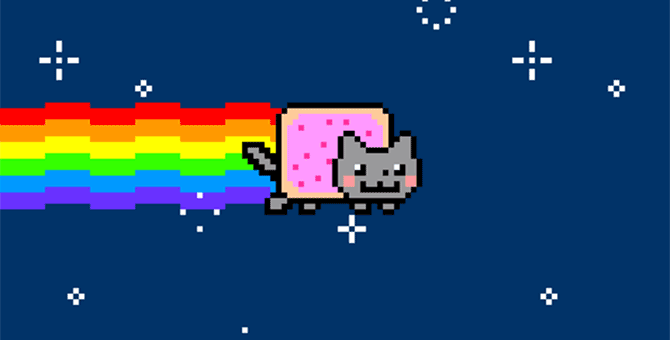

How do you make/get an NFT?
Like cryptocurrency, an NFT is minted and recorded on a blockchain. For the uninitiated, a blockchain is a digital ledger that is kept on different servers and devices around the world. Once a creator enters information into the blockchain, it is timestamped, verified and encoded so that it cannot be removed or altered. This allows the NFT to be bought or sold via an exchange, with every purchase recorded on the blockchain to verify its originality and traceability.
Ethereum is currently the most popular blockchain for minting NFTs, but there are many other blockchains and exchanges available today (more on this later). An NFT has only one owner at any time and can have a different value at different points in time. The value of an NFT largely depends on perceived scarcity and demand. For example, one of digital artist Beeple’s artworks titled Crossroads sold for US$6.6 million, but his Everydays: The First 5000 Days composite piece fetched a staggering US$69.3 million at a Christie’s auction.
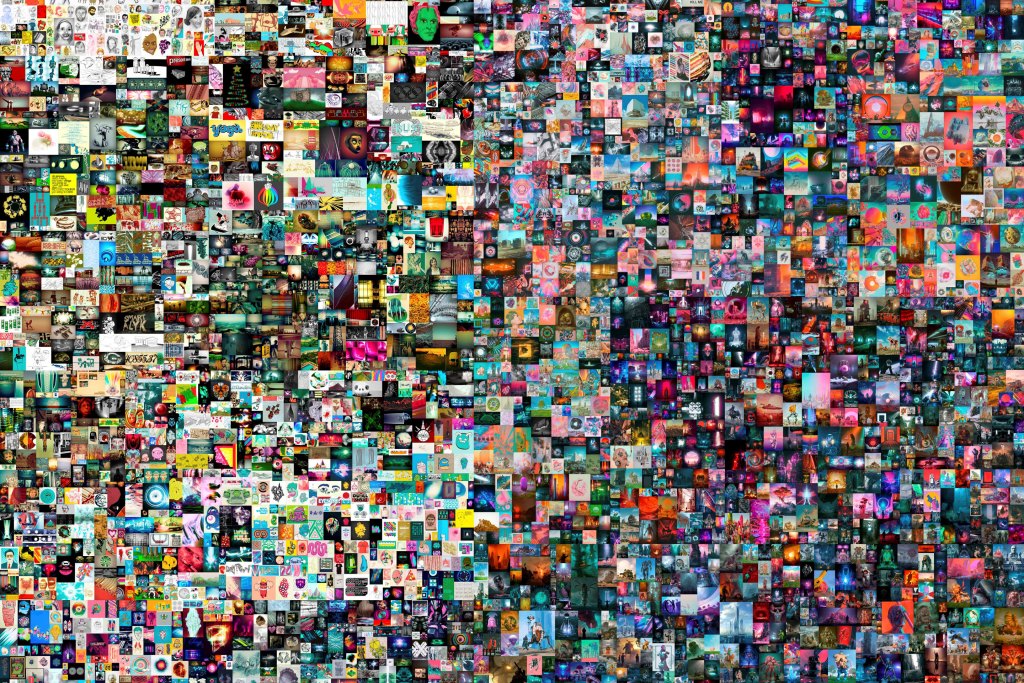

Why are NFTs suddenly so popular?
This may come as a surprise, but NFTs aren’t exactly new. According to The New York Times, they have been around since the mid-2010s. So what’s behind their recent surge in popularity?
One reason is the growth of cryptocurrency, which skyrocketed over the past year as more large corporations and banks begin to adopt it as a form of payment—or for investments. Its adoption is key to the expansion of blockchain application, which NFTs fall under. Others attribute the NFT boom to the coronavirus, which forced collectors and investors to look for alternative asset classes.
Regardless, early adopters believe that NFTs present a huge opportunity for artists, creators, hobbyists, investors, and consumers alike to create value and/or store data. Hear it from Malaysian-based tycoon Sina Estavi, who is the lucky buyer of the Jack Dorsey tweet: “I believe it’s an emerging market and it’s just the beginning.”
just setting up my twttr
— jack (@jack) March 21, 2006
(Jack Dorsey’s first ever tweet)

What can you do with an NFT?
Alright, so you’re a little interested, but don’t see the point yet. After all, why pay money for anything you can simply download off the internet? Here’s how NFTs can actually benefit you. If you’re a digital artist or creator, an NFT allows you to sell your work and earn the recognition it’d otherwise not have a market for.
For buyers and hobbyists, you can financially support artists and creators that you like by purchasing their NFTs, which gives you the right to share the asset as you please. Not to mention, you get bragging rights for the asset, which are exclusive to you alone—at least until you decide to sell the NFT.
As for investors, digital art is where you might be interested in but there are big risks in the game. Who knows how much a Gucci Ghost GIF or Kevin McCoy’s Quantum—the first NFT ever made—will be worth five years from now, right? Even if the value of your NFT purchase doesn’t go up, your name will probably go down in the history books as a patron of the (digital) arts.
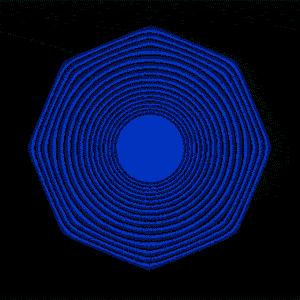

Where can you buy/sell NFTs?
There are plenty of marketplaces to buy and sell NFTs today. But first, you’ll need to create a digital wallet to store your NFTs and cryptocurrency. Each marketplace may have different processes of buying and selling NFTs, but they will usually provide instructions to guide you along.
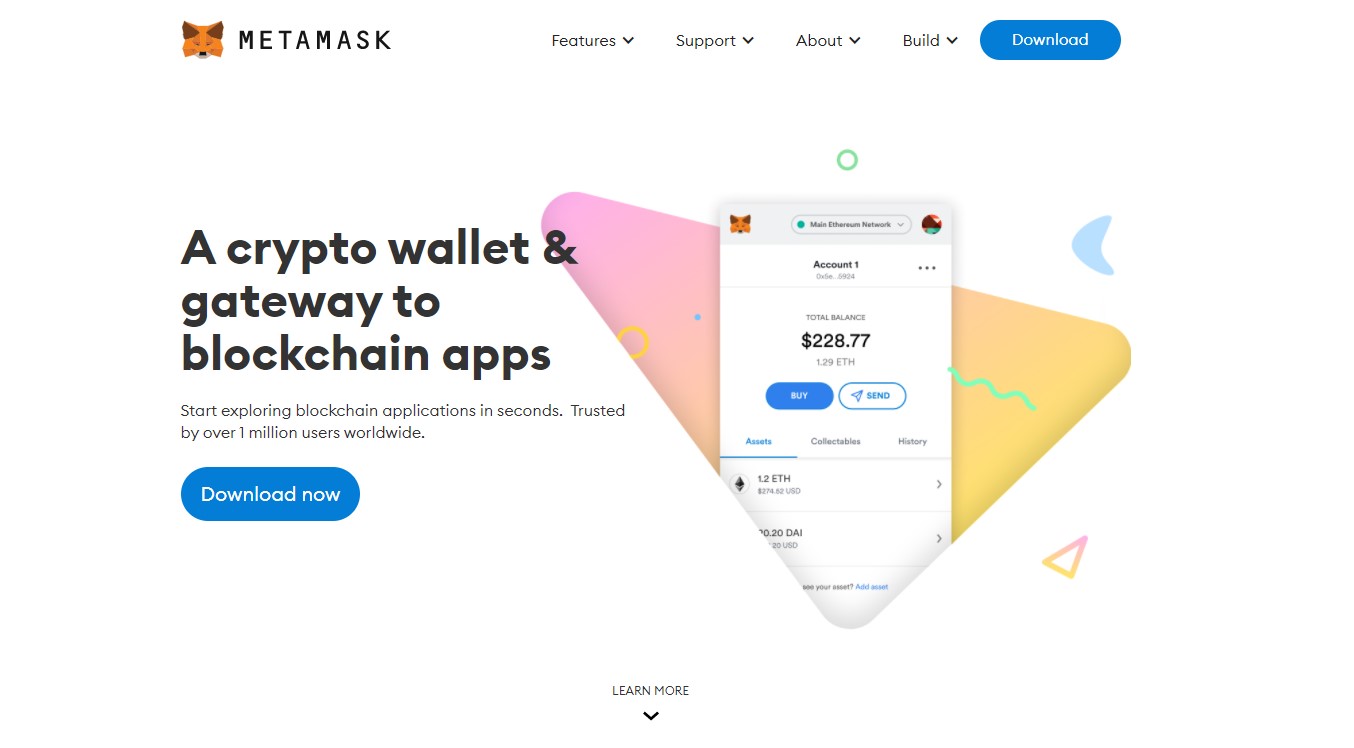
Aside from the aforementioned Ethereum platform, a few popular marketplaces to get started include Nifty Gateway, MakersPlace, SuperRare, OpenSea, Decentraland, Metamask and Rarible. Some are more genre-specific than others, like YellowHeart for music-related NFTs or NBA Top Shot for all things NBA.
It’s worth noting that in most cases, creators retain the copyright to their NFTs, even after they are purchased. Buyers simply own a smart contract that allows them to use the NFT however they like or sell legal rights to another buyer. Think of it like buying the rights to a song, which allows you to play it whenever or wherever you want, but you can’t duplicate the song as that infringes on copyright.
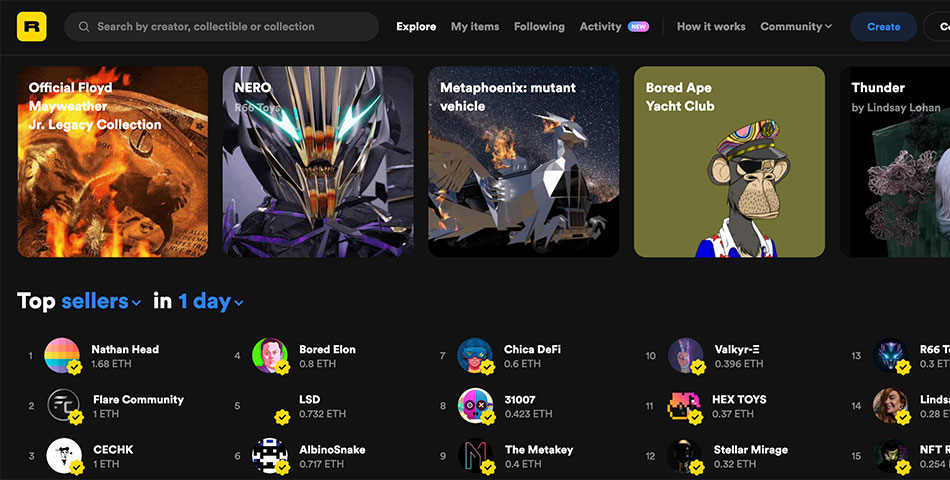
For more investment tips, click here.
| SHARE THE STORY | |
| Explore More |
